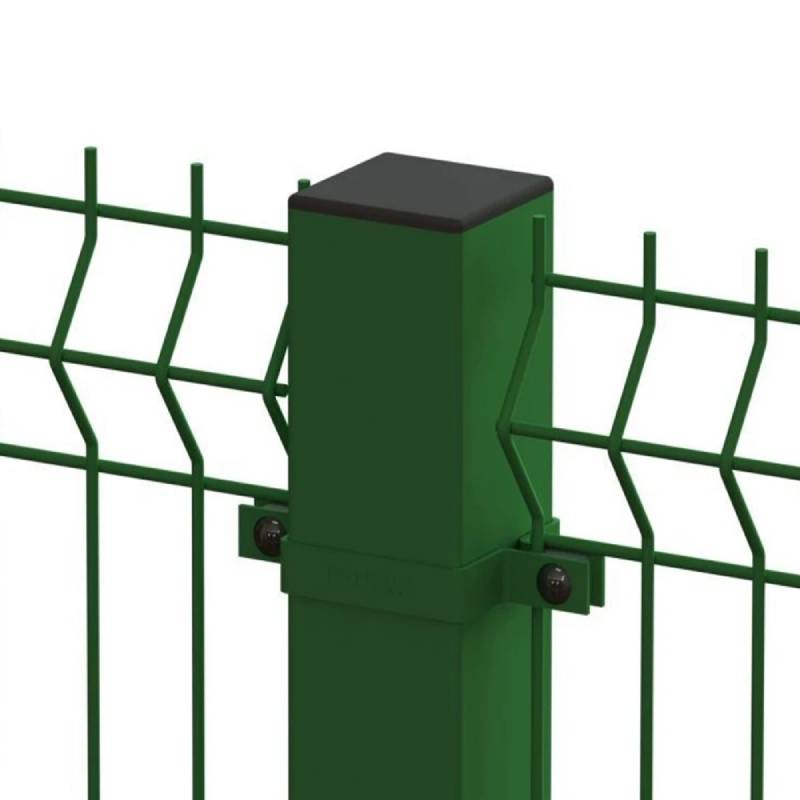hexagonal wire mesh price
Understanding the Pricing of Hexagonal Wire Mesh
Hexagonal wire mesh, often referred to as chicken wire or hex wire, is a versatile material used in a variety of applications, from agriculture to construction. Understanding its pricing is essential for buyers looking to make informed decisions based on their specific needs.
What is Hexagonal Wire Mesh?
Hexagonal wire mesh is made from durable wire twisted together to form hexagonal shapes, creating a network of diamond-shaped openings. The gauge of the wire and the size of the hexagonal openings are critical factors that influence the mesh's application and price. This type of mesh is commonly used for fencing, garden protection, erosion control, and even in construction as reinforcement.
Factors Influencing Price
1. Material Type The most commonly used materials for hexagonal wire mesh are galvanized steel, stainless steel, and PVC-coated wire. Galvanized wire, which is coated with zinc for rust resistance, is generally the most affordable option. In contrast, stainless steel wire mesh, known for its superior resistance to corrosion and durability, tends to be significantly more expensive. PVC-coated alternatives provide an extra layer of protection and aesthetic appeal but also come at a higher cost.
2. Wire Gauge The thickness of the wire also plays a vital role in determining the price. Thicker wires (lower gauge numbers) are generally more expensive due to their increased material cost and enhanced strength. Conversely, thinner wires (higher gauge numbers) are more affordable but may not stand up to significant stress or heavy use.
hexagonal wire mesh price

3. Mesh Dimensions The size of the openings in hexagonal wire mesh can also affect pricing. Smaller openings may require more material and intricate manufacturing processes, leading to higher costs. Additionally, customized sizes or specific configurations can further increase the price due to the need for specialized production.
4. Length and Roll Size Hexagonal wire mesh is typically sold in rolls that come in various lengths and widths. Longer rolls or wider meshes often have a higher price point due to the increased quantity of materials. Buyers should consider the dimension that best suits their project to avoid unnecessary expenses.
5. Market Demand Like any commodity, the price of hexagonal wire mesh can be influenced by market demand. Supply chain disruptions or increased interest from industries like agriculture or construction can lead to fluctuations in pricing. Seasonal demands, particularly in agricultural settings, may affect availability and cost.
6. Supplier and Location Different suppliers may offer varying prices based on their location, shipping costs, and markup policies. It is essential to compare prices among multiple suppliers and consider local sourcing options to minimize shipping fees.
Conclusion
When considering the purchase of hexagonal wire mesh, buyers must evaluate various factors that impact its price, such as material type, wire gauge, mesh size, roll size, market demand, and supplier location. Understanding these elements will not only help consumers make informed decisions but also enable them to choose the right type of mesh for their specific application, ensuring both effectiveness and cost-efficiency.
Investing time in research and price comparison can lead to significant savings while meeting project requirements effectively. As hexagonal wire mesh continues to find wide-ranging applications across various sectors, staying informed about pricing trends will always be beneficial for consumers planning their purchases.
-
Space-Saving Chain Fence Hacks Vertical Gardening with Cyclone MeshNewsJul.16,2025
-
Innovations in Iron Nail Wire Production for Modern ConstructionNewsJul.16,2025
-
Creative Uses of Wire Netting Fence in Modern Landscape DesignNewsJul.16,2025
-
Barbed Wire Fence Innovations in Anti-Climb TechnologyNewsJul.16,2025
-
Architectural Uses of Umbrella Nails for Aesthetic Roof DesignsNewsJul.16,2025
-
Architectural Uses of Razor Barbed Wire in Secure Urban DesignNewsJul.16,2025




